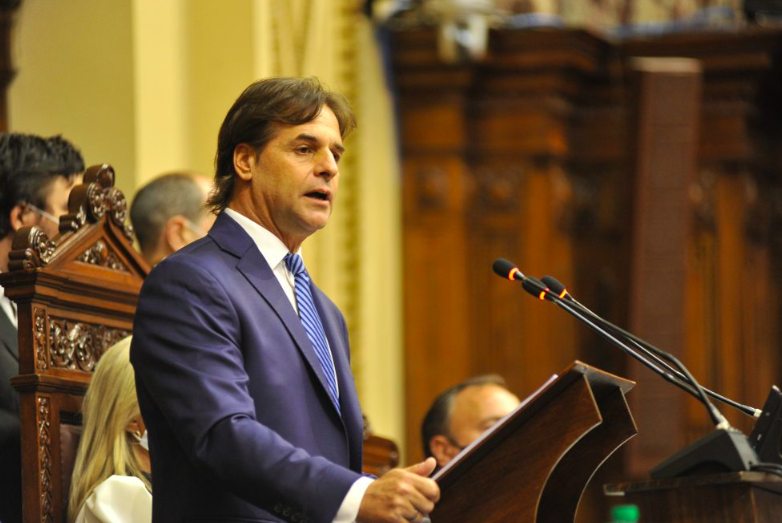Finally, President Luis Lacalle Pou announced the tax reform involving the first net tax cut since 2008.
Since then, the successive tax changes approved have been limited to either replacing taxes with others or increasing rates and broadening tax bases.
This time, Uruguay is embarking on a different path.

The Government forecasts that the decrease in revenues explained by the reforms (and even considering Laffer effects) will amount to $110 million (US$2.81 million).
Still, some private estimates suggest that the fiscal cost could rise to $150 million (US$3.83 million).
However, year-end targets are not compromised due to GDP growth projections and the relative reduction in public spending.
The Uruguayan public sector consolidated the primary fiscal surplus, which amounted to 0.47% of GDP in September last year.
Likewise, the government’s fiscal deficit reached 1.63% of output in the same period and is the lowest observed since the second quarter of 2016.
“Let’s agree that the majority of these Uruguayans who are going to benefit is to buy in the store, for the daily, not for Treasury bonds or to go abroad for the summer,” announced President Lacalle Pou.
DETAILS OF THE TAX REFORM
A staggered reform of the Personal Income Tax (IRPF) tax burden for most deciles is proposed.
The basic deduction was increased from 10% to 14% for those with monthly incomes up to $60,500 (US$1,545.47).
With this measure alone, a total of 63,000 people will stop paying IRPF (which represents 14% of the total mass of taxpayers subject to the tax), and up to 75% of the taxpayers will receive the tax reduction and will be able to deduct a greater amount of income to the Treasury.
On the other hand, the Government extended the deduction for dependent children from $73,580 (US$1879.6) per year to $113,200 (US$2,891.69).
In the case of disabled children, the deduction is doubled (similar to the previous regime).
This measure encourages the birth rate and the incorporation into the labor market.
New provisions were also approved to facilitate access to real estate credit.
The legal ceiling to access the mortgage credit deduction was increased to US$137,500, equivalent to 1 million Indexed Units (UI), and the tax credit for leases will increase from 6% to 8%.
The reform contemplates substantially reducing the Social Security Assistance Tax (IASS).
The minimum taxable retirement pension (on which the IASS begins to be paid) increases from $45,280 (US$1,156.68) to $50,940 (US$1301.26)
All retired taxpayers of this tax will be affected by the tax reduction without any type of exception.
In addition, 20,000 people will permanently stop paying the IASS since the tax is duly adjusted for the inflationary evolution.
With information from Derecha Diario

